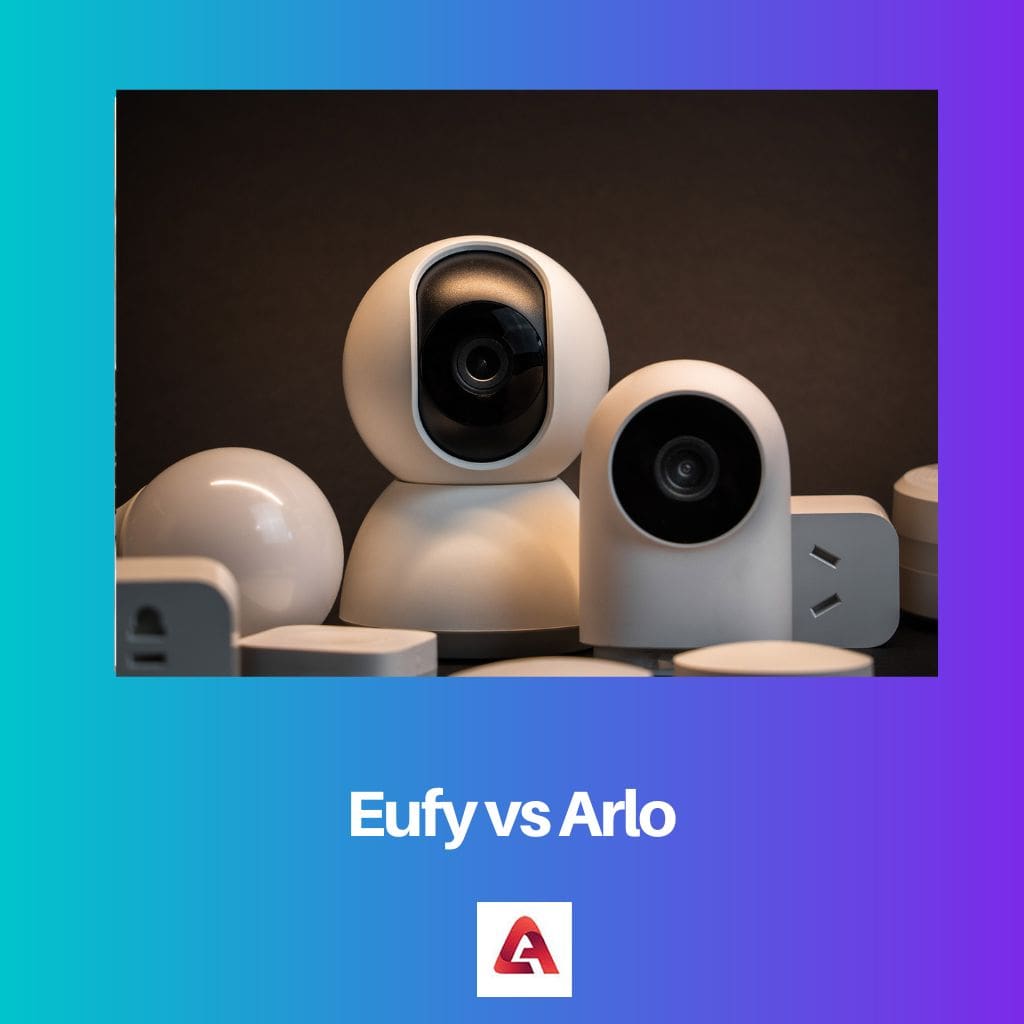When it comes to AI, machine learning is seen as a part of it. Machine learning is the computer algorithm study that automatically improves by data usage and experience. Its algorithm builds a model based on sample data or training data.
Machine learning algorithms are used in various applications, for instance, email filtering, computer vision, medicine, and speech recognition.
Deep and reinforcement learning are two algorithms that come under machine learning. In this article, the main focus is on differentiating deep learning and reinforcement learning.
Key Takeaways
- Deep learning is a subset of machine learning focused on artificial neural networks. In contrast, reinforcement learning is a type of machine learning where an agent learns to make decisions based on rewards and penalties.
- Deep learning excels in tasks like image and speech recognition, whereas reinforcement learning suits applications like robotics and autonomous systems.
- Deep learning algorithms require large amounts of labeled data for training, while reinforcement learning algorithms learn from trial and error, with no need for labeled data.
Deep Learning vs Reinforcement Learning
Deep learning is a subset of machine learning that uses artificial neural networks to process large amounts of data. Reinforcement learning is used for decision-making in complex environments. It is based on the concept of an agent that interacts with a background and learns from rewards or punishments.

Deep learning teaches computers to do what comes to humans naturally: learn by example. It is a crucial technology at the back of driverless cars, from a lamppost to distinguishing a pedestrian or enabling them to figure out a stop sign.
It is the key in consumers’ devices to voice control, like tablets, hands-free speakers, TVs, and phones.
Reinforcement learning is taking suitable action in a particular situation to maximize reward. Several machines and software employ it to find the best possible path or behaviour it should take in a specific case.
The decision is independent in reinforcement learning, so labels are given to sequences of dependent choices.
Comparison Table
| Parameters of Comparison | Deep Learning | Reinforcement Learning |
|---|---|---|
| Origin | In 1986 | In the late 1980s |
| Introducer | Rina Dechter | Richard Bellman |
| Also called | Deep structured learning or hierarchical learning | None |
| Data existence | Already existing data set required to learn | In telecommunications, robotics, computer games, elevator scheduling, and healthcare AI. |
| Utilization | In speech and image recognition, dimension reduction task, and deep networking pretraining. | In telecommunications, robotics, computer games, elevator scheduling, and health care AI. |
What is Deep Learning?
Deep learning is a type of AI and machine learning that imitates how humans gain certain kinds of knowledge. In data science, deep learning is a vital element that consists of predictive modelling and statistics.
To data scientists, deep learning is highly beneficial who are tasked with interpreting, collecting, and analyzing data.
Through data inputs, bias, and weights, deep learning artificial neural networks, or neural networks, attempts to mimic the human brain.
The algorithms in traditional machine learning are linear, while deep algorithms understanding are stacked in a hierarchy of increasing abstraction and complexity.
Deep learning using computer programs go through much the same process as a toddler learning to identify a cat. In the hierarchy, each algorithm applies a nonlinear transformation to its input.
Then uses what it learns to create a statistical model as output unless the production has reached a level of acceptable accuracy until the iterations continue.
The layers in deep learning permit it to be heterogeneous and deviate widely from models of biologically informed connectionists for the sake of trainability, efficiency, and understandability.

What is Reinforcement Learning?
Reinforcement learning performs actions to maximize rewards. Simply, learning is done by doing something to attain consequences in the best times.
This is just like learning things such as bike riding, in which we know by falling in the beginning.
With the user feedback, what failed and what worked overtime to fine-tune action and grasp to ride a bike.
Just like these, computers use the learning of reinforcement and try specific actions; through the feedback, they learn and, at last, reinforce the worked efforts.
For instance, its algorithm is modified and reworked autonomously over many iterations unless decisions are made through which the best results are delivered.
Robot learning to walk is one of the instances of the algorithm, namely reinforcement learning. At first, a step forward is tried by a robot that is large enough and falls.
The fall outcome is a data point, a big step in the system’s response to reinforcement learning because the fall is an outcome that worked as negative feedback used to adjust the system to attempt a more minor degree.
Finally, the robot is capable of moving forward.
Main Differences Between Deep Learning and Reinforcement Learning
- Regarding algorithm teachings, deep learning uses current information for pertinent patterns. On contrary, reinforcement learning figures out predictions by error and trial.
- Deep learning application is more on recognition and tasks with area reduction. On the flip side, reinforcement learning is linked with the interaction of the environment with optimal control.
- In terms of examples, the Amazon credit card fraud system is an instance for deep learning in which neural networks are built by using the obtained data from purchases of online credit cards. Conversely, a walking robot is an instance of reinforcement learning in which actions are defined by how high it should lift the leg.
- Deep learning is less associated with interaction. In comparison, reinforcement learning is closer to the human brain’s capabilities as through feedback this type of intelligence can be improved.
- Learning techniques included in deep learning are analyzing existing data and learning applied to a new data set. In contrast, reinforcement learning techniques include learning from mistakes as well as maximizing rewards.




